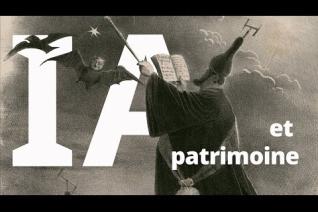- Congrès : Computational Humanities Research (CHR) (2024-12-04 - 2024-12-06)
- Pages : 200-216
Résumé
Recent advancements in handwritten text recognition (HTR) for historical documents have demonstrated high performance on cursive Arabic scripts, achieving accuracy comparable to Latin scripts. The initial RASAM dataset, focused on three Arabic Maghribi manuscripts, facilitated rapid coverage of new documents via fine-tuning. However, HTR application for Arabic scripts remains constrained due to the vast diversity in spellings, ambiguities, and languages. To overcome these challenges, we present RASAM 2, an extended dataset with 3,750 lines from 15 manuscripts in the BULAC library, showcasing various hands, layouts, and texts in Arabic Maghribi script. RASAM 2 aims to establish a new benchmark for HTR model training for both Maghribi and Oriental scripts, covering text recognition and layout analysis. Preliminary experiments using a word-based CRNN approach indicate significant model versatility, with a nearly 40% reduction in Character Error Rate (CER) across new in-domain and out-of-domain manuscripts.
Disciplines
Partager sur les réseaux sociaux
À découvrir
Découvrez d'autres productions de l'École sur les mêmes thématiques.




